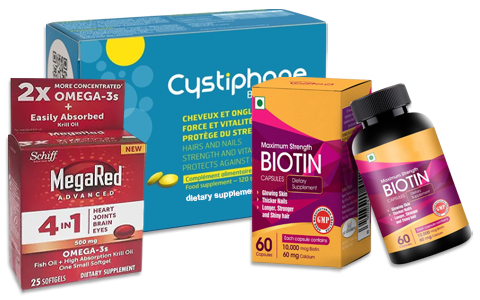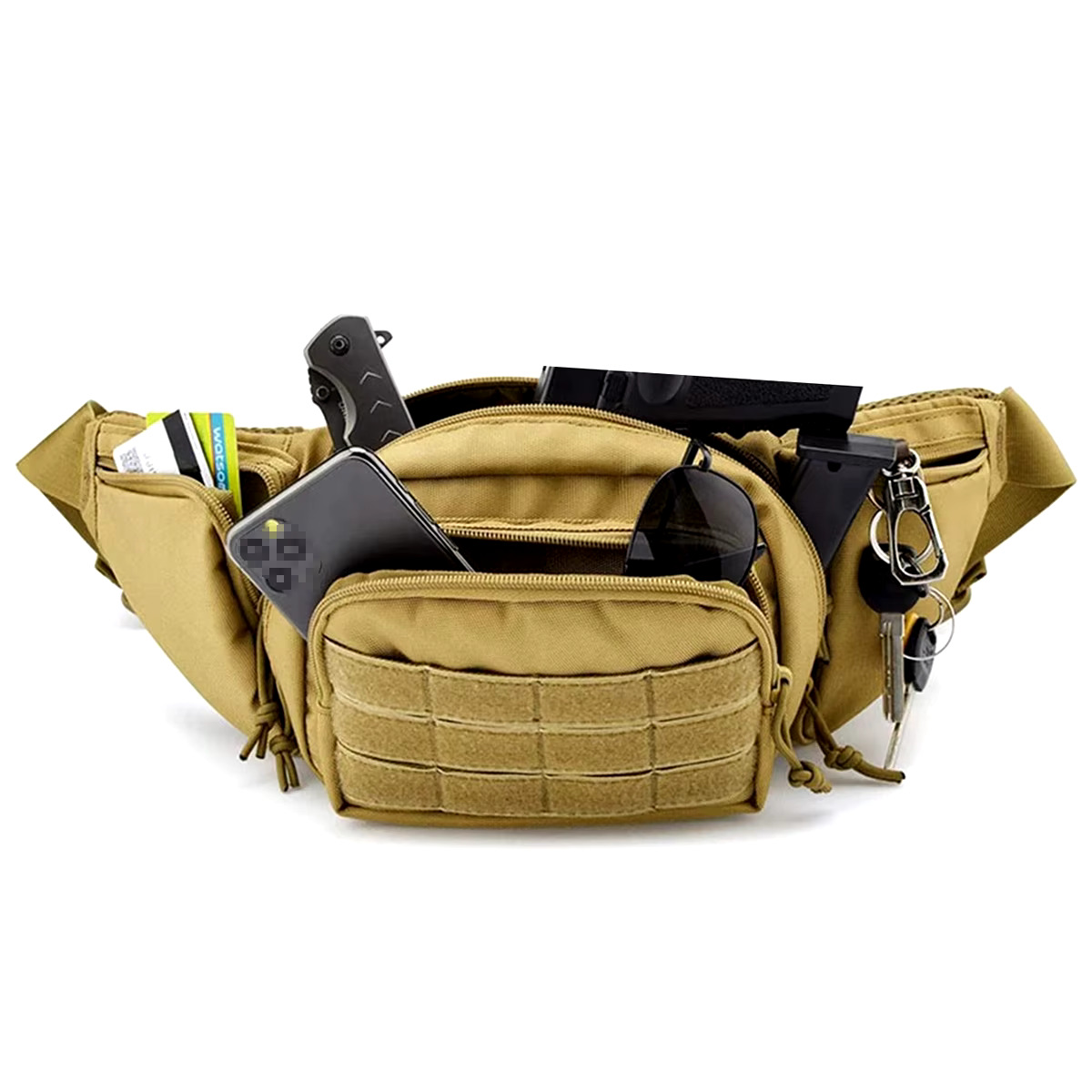In the competitive world of dietary supplements, product packaging is crucial for attracting consumers, building brand loyalty, and standing out on shelves. With the industry growing rapidly and the choices expanding, dietary supplement packaging needs to communicate trust, efficacy, and uniqueness. We explore the essential elements of successful dietary supplement packaging and how each component can enhance the appeal and functionality of a product.
The Importance of Dietary Supplement Packaging
The packaging for dietary supplements serves several vital purposes beyond just containment. From brand identity to regulatory compliance, effective dietary supplement packaging creates a connection with consumers and ensures that products are kept safe, fresh, and compliant with industry standards. Here’s why it matters:
- Building Consumer Trust: Trust is fundamental in the health and wellness industry. Packaging that reflects quality and transparency helps to establish credibility and reliability.
- Regulatory Compliance: Dietary supplements must meet various regulations to ensure consumer safety. Proper labeling and packaging can prevent legal issues and provide essential product information.
- Differentiation in a Crowded Market: Attractive and well-designed packaging can make a product stand out against competitors, especially in crowded retail environments.
Key Elements of Effective Dietary Supplement Packaging
1. Eye-Catching Design and Branding
A memorable design is key to catching the eye of potential customers. Design elements such as color schemes, typography, and brand logos should reflect the company’s values and target demographic.
- Colors and Typography: Choose colors that align with the product’s purpose. For example, green is often used to convey natural or organic qualities, while blue can evoke feelings of trust and reliability. Typography should be bold yet clean, ensuring readability and brand recall.
- Consistent Branding: The brand’s logo, slogan, and signature colors should be prominently displayed on all packaging. Consistency in branding helps with brand recognition and conveys professionalism.
2. Clear and Informative Labeling
Labeling is critical for dietary supplements as it must comply with regulatory requirements while also providing essential product information for consumers.
- Ingredients and Nutrition Facts: The ingredients list and nutritional facts should be clearly displayed, allowing consumers to make informed decisions. Transparency in listing all active and inactive ingredients builds consumer trust.
- Dosage Instructions and Warnings: Proper usage instructions and safety warnings must be displayed in an easy-to-read format. Clear dosage recommendations help consumers use the product safely and effectively.
- Certifications and Claims: Certifications such as “GMP Certified” (Good Manufacturing Practices), “Non-GMO,” or “Organic” should be placed visibly on the packaging to attract health-conscious consumers.
3. Compliance with Regulatory Standards
Dietary supplements are regulated by the FDA in the United States, and many other regions have their own regulatory bodies and standards. Following these guidelines ensures product safety and avoids legal complications.
- FDA and Other Regulatory Information: The FDA requires certain statements, such as a disclaimer that the product is not intended to diagnose, treat, cure, or prevent any disease. Including this disclaimer when required protects the brand legally.
- Country-Specific Labeling Standards: International dietary supplement brands must be aware of varying standards across regions. Packaging must meet the regulatory requirements of each market in which the product is sold. more
4. Choosing the Right Packaging Materials
Choosing packaging materials that align with the product’s shelf life and environmental considerations is essential. Packaging for dietary supplements often includes bottles, jars, blister packs, or sachets.
- Tamper-Evident Seals and Freshness Indicators: Tamper-evident packaging such as seals or shrink wraps reassures customers that the product is safe. Freshness indicators, like desiccants, help maintain the quality of ingredients over time.
- Eco-Friendly Materials: Many consumers prefer brands that use sustainable or recyclable materials. Options like biodegradable plastics, glass bottles, and recyclable cardboard can make a positive impression on environmentally conscious consumers.
5. Ergonomics and User Experience
User-friendly packaging not only enhances convenience but also contributes to the overall consumer experience. The ease of opening, resealing, and storing dietary supplement packaging can impact customer satisfaction.
- Easy-Open Features: Packaging with easy-open lids or peel-back features is a great convenience for customers. This is especially important for elderly customers who may struggle with rigid or complex packaging.
- Portability and Storage: Compact, travel-friendly packaging is ideal for customers who need supplements on the go. Options such as blister packs or sachets make dosing easy and convenient.
6. Communicating Product Benefits and Brand Story
Effective dietary supplement packaging should tell a story about the brand and convey the benefits of the product.
- Highlighting Key Benefits: Emphasizing the benefits of the product, such as “immune support” or “enhanced energy,” helps attract the attention of health-focused consumers.
- Brand Storytelling: Briefly sharing the brand’s mission, values, or story can create an emotional connection with customers. For example, a brand that uses sustainably sourced ingredients can emphasize this on its packaging to appeal to eco-conscious consumers.
7. Innovative and Interactive Packaging Elements
With technological advancements, packaging can now be more than just a container for the product. QR codes, augmented reality (AR), and other interactive elements are becoming popular in the dietary supplement industry.
- QR Codes and Digital Content: Adding a QR code that links to product information, usage videos, or a brand website can enhance consumer engagement. This digital touchpoint adds value and convenience for tech-savvy customers.
- Augmented Reality Experiences: Some brands are using AR to allow customers to experience product benefits virtually or learn about the ingredients used. This high-tech feature can differentiate a brand in the crowded supplement market.
Packaging Formats for Dietary Supplements
The choice of packaging format is influenced by factors like dosage form, target market, and distribution channels. Here are some common packaging options for dietary supplements:
- Plastic and Glass Bottles: Widely used for capsules, tablets, and soft gels, these bottles are durable and allow for tamper-evident sealing.
- Blister Packs: Blister packaging is ideal for tablets and capsules, offering convenience for single-use dosages and easy portability.
- Stick Packs and Sachets: Often used for powders and drink mixes, stick packs and sachets are convenient for on-the-go consumption.
- Pouches and Tubs: Commonly used for bulk powders or larger quantities, these options provide ample space for branding and essential product information.
Sustainability in Dietary Supplement Packaging
As sustainability becomes a priority for many consumers, the dietary supplement industry is seeing an increase in eco-friendly custom design boxes and packaging options. Brands that invest in sustainable packaging materials not only appeal to environmentally conscious consumers but also contribute to reducing environmental impact.
- Recyclable and Biodegradable Materials: Opting for materials that are easy to recycle or decompose naturally can attract eco-minded customers.
- Refillable Packaging Solutions: Some brands offer refillable packaging, allowing consumers to reuse containers and purchase only the supplement refills. This reduces waste and aligns with eco-friendly initiatives.
Final Thoughts on Dietary Supplement Packaging
In the dietary supplement industry, packaging serves a vital role beyond aesthetics. With elements like regulatory compliance, material selection, labeling, and sustainability, effective packaging not only protects and preserves the product but also builds trust and engagement with consumers. By prioritizing both functional and design elements, brands can create packaging that resonates with target audiences, differentiates them from competitors, and drives sales.




